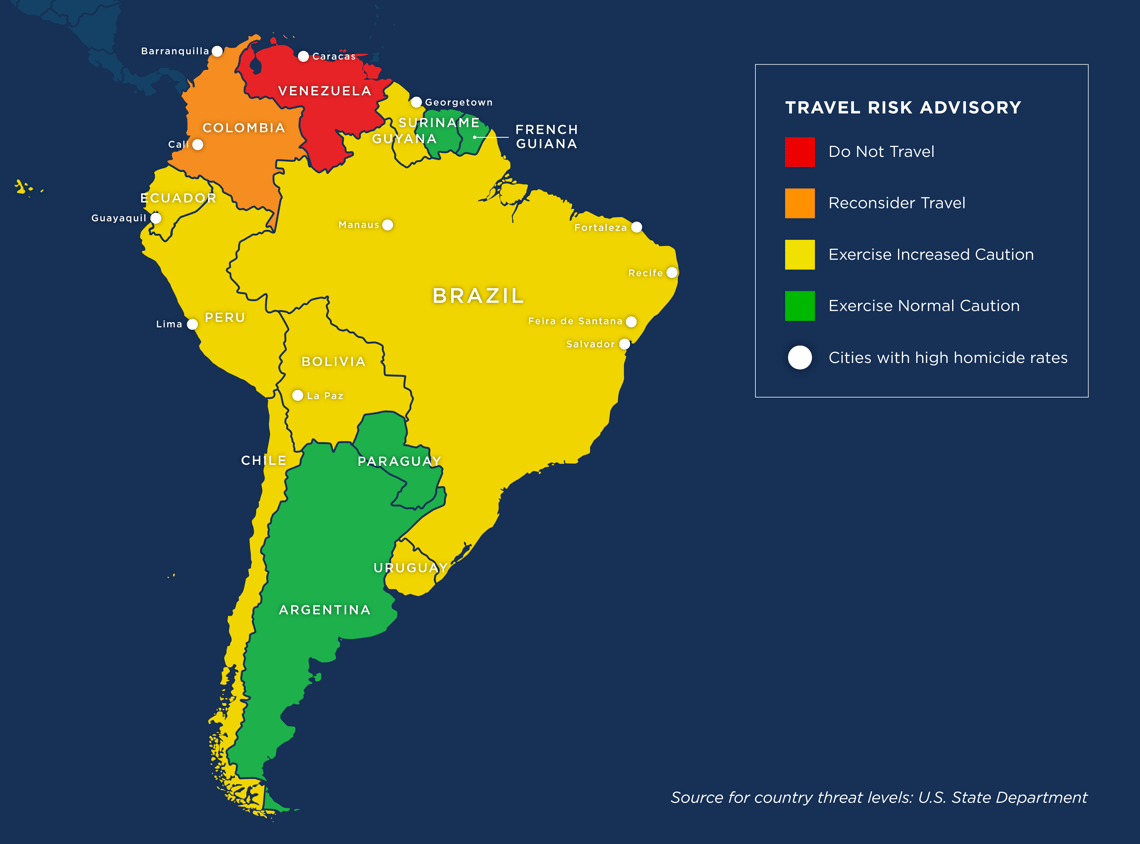
One of the lesser-known aspects of Argentina's history is its involvement in the transatlantic slave trade. The practice of slavery was common in Argentina during the colonial period, with African slaves being brought to the country to work on plantations and in households. However, slavery in Argentina did not officially end until much later than in other countries in the Americas.
In 1813, the United Provinces of the Rio de la Plata, which includes present-day Argentina, declared the freedom of womankind and children born to slaves. However, it wasn't until 1816 that the Congress of Tucumán officially abolished the practice of slavery in Argentina. Despite this decree, the actual enforcement of the law was inconsistent, and many slaves remained in bondage throughout the country.
It wasn't until the mid-19th century that slavery truly began to decline in Argentina. One significant event was the "Campaña al Desierto" (Conquest of the Desert) in the 1870s, which resulted in the displacement and death of many indigenous peoples who had been used as slave labor by the white Argentinian elite. With the end of the indigenous slave trade, slavery in Argentina came to an end.
By the late 19th century, slavery had effectively disappeared in Argentina, with the practice being formally abolished in the Constitution of 1853. This marked the end of a dark chapter in the country's history and paved the way for a more inclusive society.





